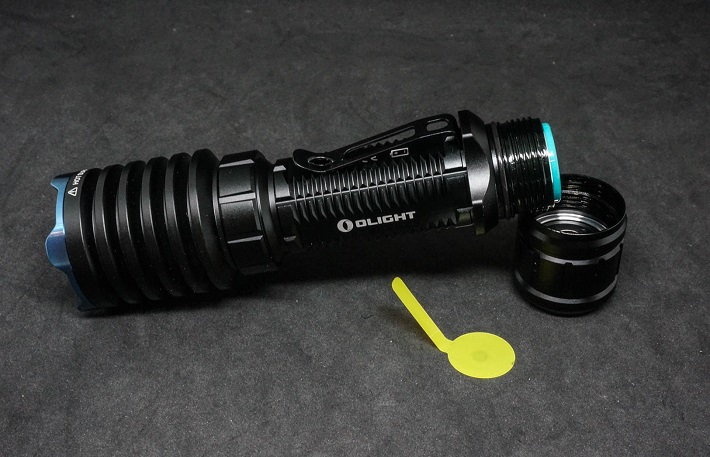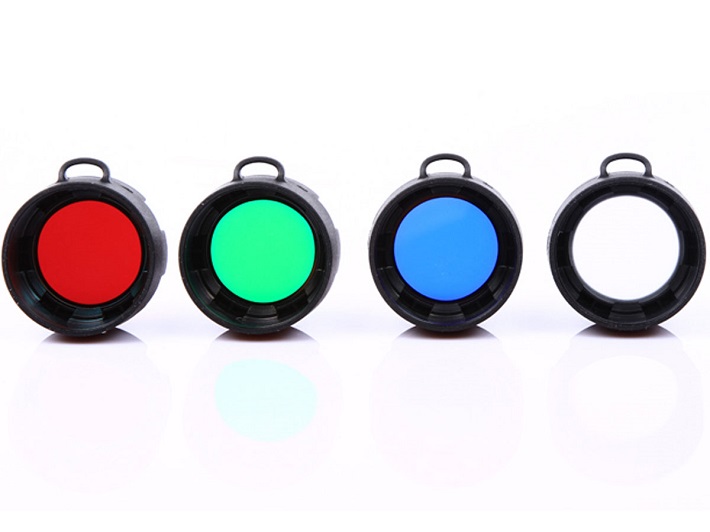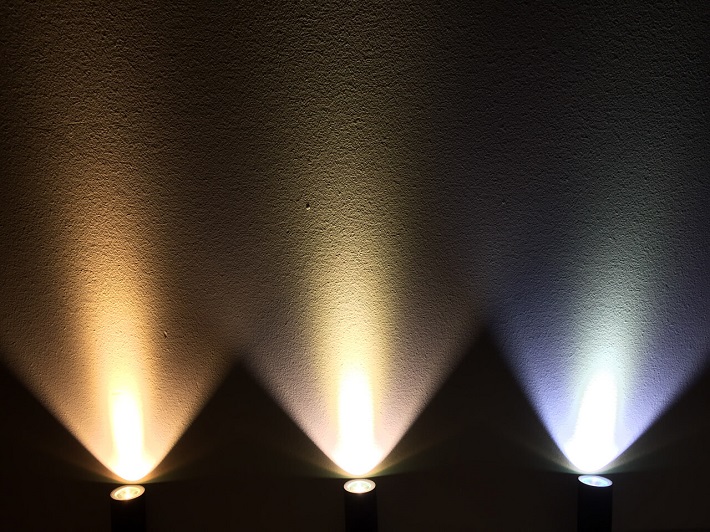
The first ever flashlight was an arc tube lamp created by engineer and inventor Daniel Mcfarlan Moore. Also known as the Moore Lamp, this 1898 invention is the pioneering device of modern fluorescent lights. The path of the flashlight took a turn in 1902 as bulb makers started using higher quality filaments in, what was then a cheaper solution, incandescent lights. In 1922, different styles of flashlights started to appear on the fast growing market and in 1934 the modern fluorescent lamp was invented.
In 1961, the most popular light technology was invented by accident by Gary Pittman and James R. Biard. In 1967, the first rechargeable flashlight was introduced whereas in 1970 – the first ever water-resistant flashlight. During the 1980s more and more flashlight advances began to emerge which led to it becoming pocket friendly. Nowadays there’s a lot you can do with the right flashlight including altering the light it produces.
Types of Filters

Blue
The colour blue is mainly associated with calmness and can have that effect on our psyche. Blue light travels at a short wavelength and has high-energy rays which intersperse naturally when they strike water and air molecules. This is why a sky without clouds looks blue. When it comes to a blue torch filter, it can be used in different applications.
Why Do You Need a Blue Filter?
Blue flashlight filters are commonly used by pilots or people that need to use maps at night. They are also used by law enforcement to locate blood, urine and semen more easily. Blue filters can help you see through fog which is why a lot of fog headlights are blue or somewhat blue.
Red
Red is a striking colour and one that can catch your attention easily. Red light has 630 nm wavelengths (not as short as blue light) which is why it does not appear as bright in the dark. In fact, they help your eyes adjust more easily to the dark once when you turn off the torch.
Why Use a Red Filter on a Flashlight?
Red light is ideal for campers or people exploring the wild at night. When using a red flashlight filter you will be able to see the moon shining and not just what’s illuminated by your flashlight. You can also use red filters to avoid disturbing fellow campers or when hunting game animals but if you shine a bright light no matter the colour it will be seen.
Green
Green light operates at 525 nm wavelengths and it is very useful when outdoors. Green filters make the intensity of the light seem brighter than a red filter although you are using both filters on the same light output. Unlike red, green filters can also be used to read maps and are generally considered better than red filters. This is not to be confused with night vision.
What Is a Green Light Used for on a Flashlight?
Green is actually very beneficial for people that hunt hogs. When you are after these animals, green is going to be your best friend as hogs cannot see green. Green filters also allow for better visual acuity (sharper vision).
Amber
An amber filter will help preserve your vision at night too but not as good as red or green. With amber coloured filters you won’t have bugs following the light all the time and you will also have good visual acuity – close to the one of white light. This type of filter can also help cut through fog.
UV
Ultraviolet colour cannot be perceived by us humans which is why we need special filters or lens. With this type of filter you can not only detect markings made with ultraviolet pens or markers, you can also spot blood trails and detect other chemicals contained in the blood.
Diffuser
With this type of torch filter you don’t need to change the colour of the light but rather the intensity of it. A flashlight diffuser filter will allow you to shine a light that is not as shiny which is ideal when you want to clearly see a light coloured item in a dark environment.
Types of Lights

Incandescent
This type of light bulb is the least efficient but also the oldest. Incandescent flashlights only use 10% of their total power consumption to generate light and the rest is just heat. These type of bulbs can last up to 1200 hours but are made of brittle filament wire and fragile glass envelope.
Halogen
Although these light bulbs are similar to the incandescent ones, they last longer and can provide a brighter light. But in order for a halogen bulb to function, it needs a lot of heat which is why it is also a very inefficient solution. These can last up to 3,600 hours since they make use of a quartz envelope and halogen gas mixed with tungsten vapour.
LED
The latest and greatest in flashlight technology is LED. This is not a bulb per say, but rather a semiconductor with electrons that generates light when current passes through it. LED is the most efficient technology and it also makes for a long lasting flashlight. LED flashlights can operate up to 50,000 and use 80 % of their total power consumption to generate the light.



